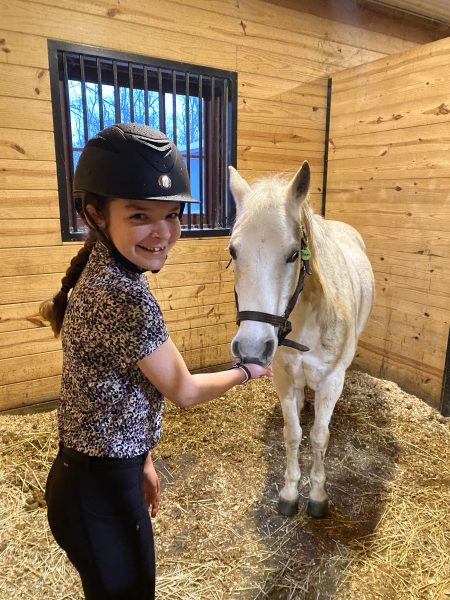What Exactly is AI?
Put simply, artificial intelligence systems exhibit characteristics of human intelligence, making them capable of completing tasks that require a brain. To break down the basic concept, think about the critical attributes of human intelligence, including the ability to learn, problem solve, and reason. With the input of mass amounts of data, these systems have the skills necessary to make decisions to execute tasks flawlessly. When errors occur, they remember and learn from mistakes, just as humans do. Artificially intelligent systems are taught through a technique called machine learning. There are two general types of machine learning: supervised and unsupervised.
Supervised machine learning is the most common method used to teach AI systems. Large datasets that contain known data points are supplied to a machine learning system. Take, for example, two datasets, thousands of dog pictures, and thousands of cat pictures. These training datasets are dumped into software that recognizes patterns in the photos to create what is called a model. The machine learning model can then be used to classify pictures of cats or dogs in the future, by recognizing the patterns it picked up in newly inputted images. In general, the larger the datasets are, the more accurate the model can be at performing its specific task.
On the other hand, unsupervised learning, which is less common, doesn’t just identify specific things, it groups them. When the data is inputted, no specific grouping methods are defined. The machine learning system identifies different ways to group the items by itself. News apps, which aggregate articles from all over the internet, have demonstrated the use of unsupervised learning. Users may see links to similar articles which have been grouped together. People are not manually selecting which articles are considered similar. Daily, the systems behind these websites and apps take all the recent articles and identify patterns in the content to display.
For now, both of these types of machine learning are what have made artificial intelligence so powerful. But there’s still a long way to go, in terms of the scope of tasks that AI can handle. To date, we’ve only seen applications of narrow artificial intelligence, with capabilities to classify data, make recommendations, and make simple decisions. These narrow AI systems of today are incredibly accurate when doing one specific job. In order to match human intelligence, AI must become more adaptable and gain the ability to handle diverse situations.









